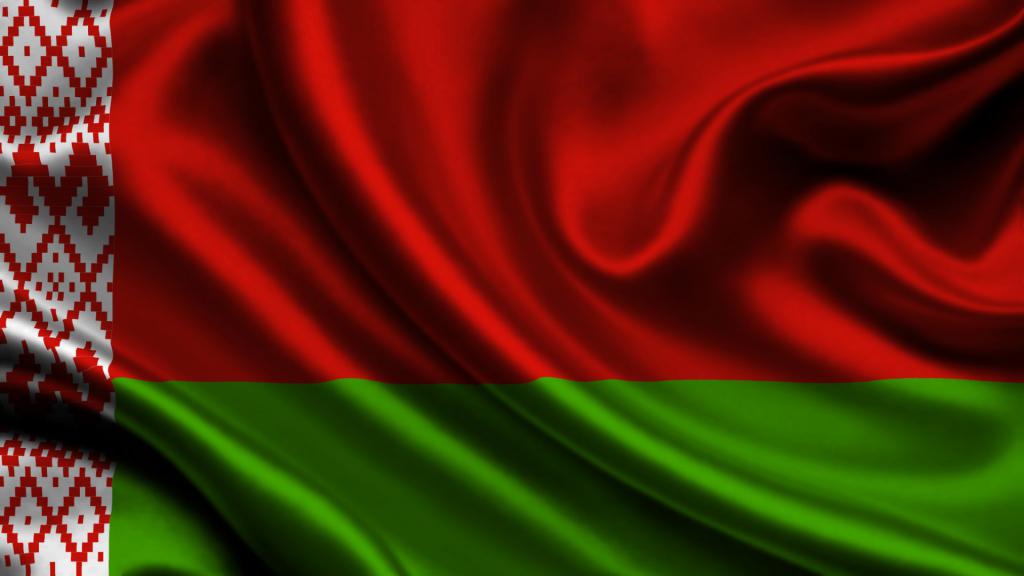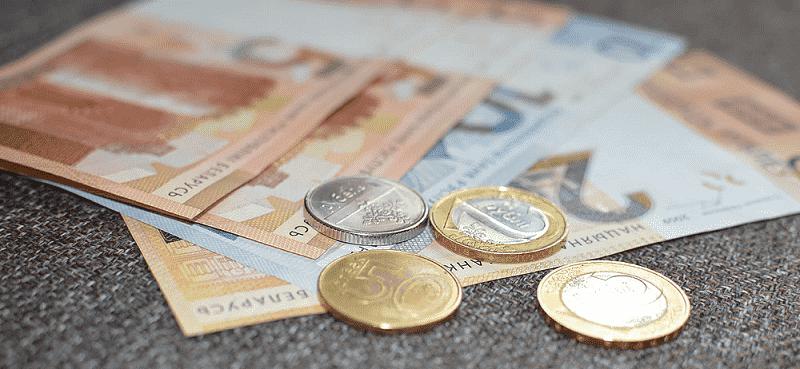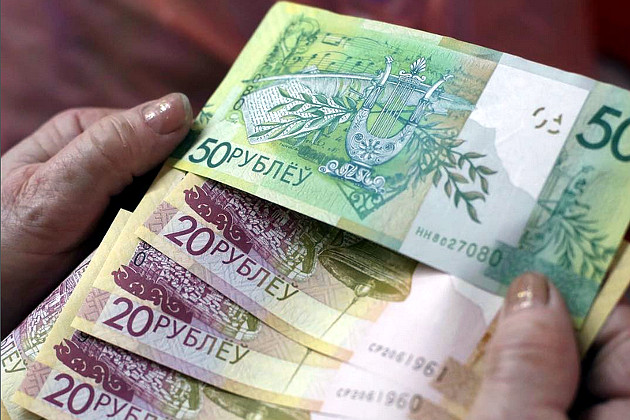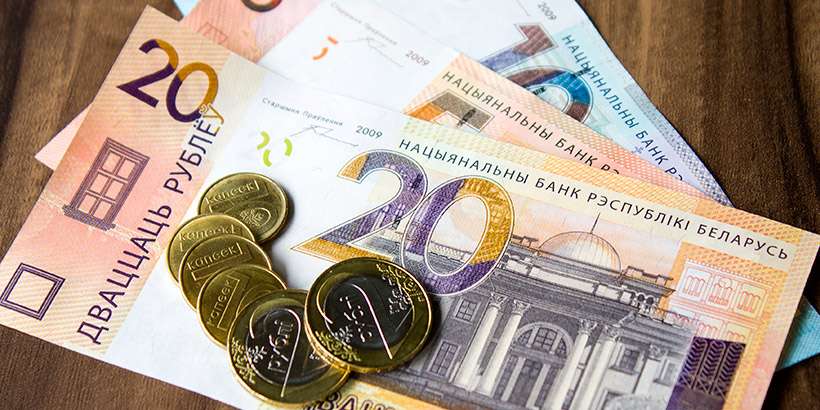Belarus is one of the states closest in cultural-ethnic and trade-economic relations with Russia, so the interest in each other on both sides is quite high. Every year, many Russians visit this country and vice versa. However, few people know about BYN, the currency of this country.
A bit of history
This currency was introduced as a state means of payment in 1992.

The initial ratio of the exchange of the old Soviet currency to the new one took place in the ratio of 10 rubles of the USSR for one BYN. The currency then had the designation BYB and quickly spread throughout the country.
In 1993, Kazakhstan, Armenia, the Russian Federation, Belarus, and several other post-Soviet states attempted to introduce a single ruble zone, but there was no success.
Denominations
During the existence of this currency, several denominations have been made. The first occurred in August 1994, when the BYB rate dropped 10 times.
The second was produced in 2000. This time, the course was changed to 1000. A new international designation was also assigned, consisting of 3 Latin capital letters BYR. There were no changeable coins in the banknote.
The last denomination at the moment was carried out relatively recently, in July 2016. For the third time, the national currency exchange rate changed 10,000 times. Pennies were also put into circulation. The designation of the state means of payment of Belarus was changed to BYN.
Coins and Banknotes
Since 2016, in the country after a long period, change coins were introduced again. From 2000 to this point, Belarus has been one of the few countries in the world where there were only paper bills.

At that time, only commemorative coins were issued in the country, dedicated to any events or dates.
Banknotes in circulation were printed in denominations of 5 to 500 rubles. They depicted important architectural objects of the country that are of cultural or historical value.
Many people are interested in BYN - what currency is it, and why is the Belarusian ruble called so. Such a designation is commonly referred to as a banknote in the international currency market.
BYN (currency): exchange rate against the ruble, dollar and euro
Previously, this banknote cost much less than Russian money, but the latest financial reform led to a change in the ratio. Now the situation has changed a lot. Now the BYN to ruble exchange rate is approximately 28 to 1. Accordingly, for one RUR you can get only about 0.035 BYN.
Compared to the American dollar, the situation is completely different. For one USD you can get only about 2 Belarusian rubles. With a reverse exchange, the ratio is 1 to 0.5.

For one euro they give about 2.4 BYN. Currency is not too highly valued on the world stage. However, one ruble of Belarus contains about 0.4 EUR. Such a high price indicator was achieved thanks to financial reforms carried out by the government of the country, as well as fairly stable economic growth.
Exchange operations
One of the main trade and economic partners of Belarus is the Russian Federation. Therefore, it is not surprising that it is easy to exchange Russian currency in the country. There are also no problems with the exchange of euros and US dollars. Almost all banks and financial institutions work with these banknotes.
Ukrainian hryvnias are a little less popular, but there are no special problems with them either. But getting local money, having arrived with the currencies of other countries, will be more problematic.
Also, non-cash works almost everywhere and credit cards are accepted even from foreign banks.ATMs and terminals are also located almost everywhere, so there are no problems with cashing out funds. In general, the situation is similar to what is observed in Russia, so a tourist from the Russian Federation will be all quite familiar. In addition, many Russian banks have their own branches here.
Conclusion
BYN is a currency that appeared almost from the moment Belarus was established as a sovereign state. During this time, she underwent several changes.
It is quite interesting, since many unprecedented cases are connected with it. In addition, it is a kind of symbol of the country, reflecting its identity.

Going to any country, you first need to find out everything about its currency and financial component. Especially if it is such a similar, fraternal country like Belarus. This will be useful not only for a visit to the described state, but also for general erudition.
